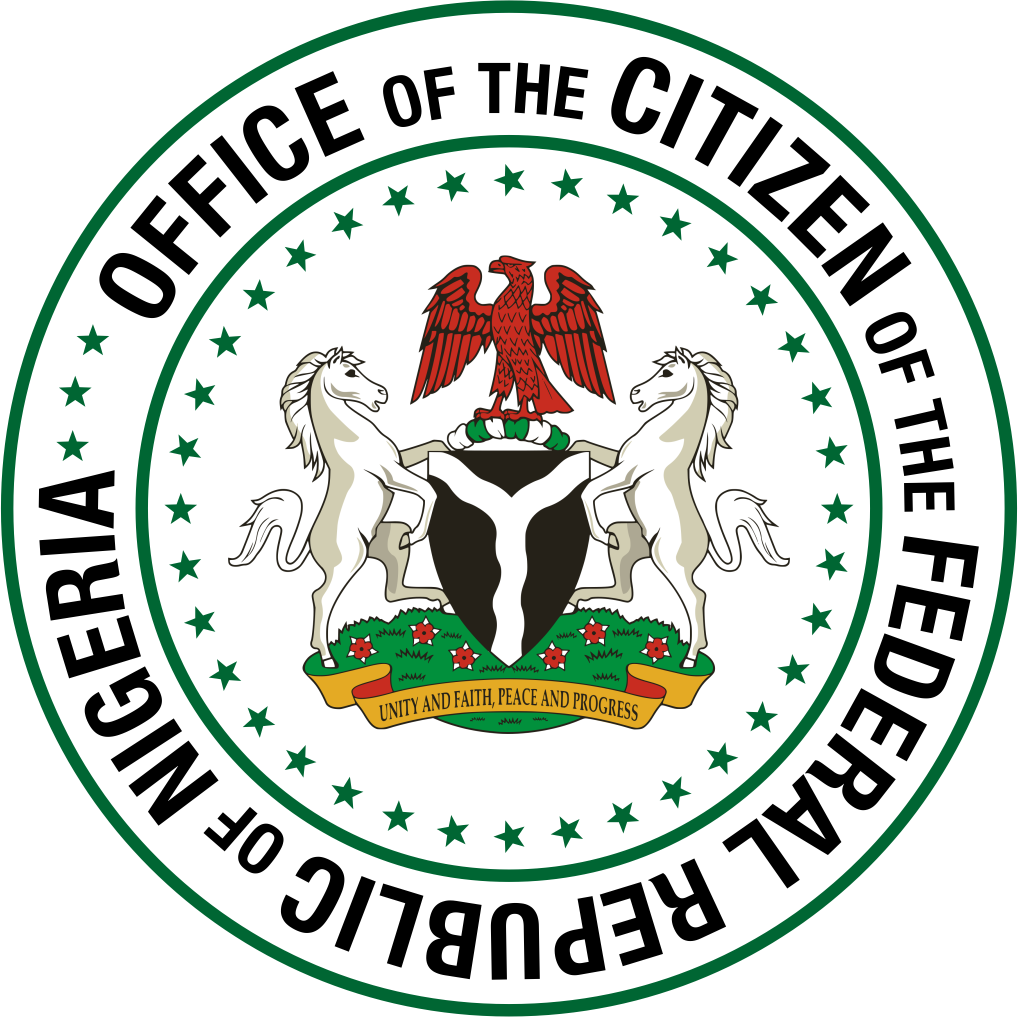According to Section 143 of the 1999 Constitution of the Federal Republic of Nigeria (as amended), here are the steps to impeach the President:
Step 1
There must be a notice of any allegation in writing alleging gross misconduct on the part of the President. This notice must be signed by not less than one-third of the members of the National Assembly (both the Senate and House of Representatives) and it is presented to the Senate President.
*Gross misconduct is defined by the Constitution as ‘a grave violation or breach of the provisions of this Constitution or a misconduct of such nature as amounts in the opinion of the National Assembly to gross misconduct.’
Step 2
The Senate President must within 7 days, serve the President and each member of the National Assembly with a copy of the notice of allegation.
Step 3
The President has a right of reply (he/she does not have to reply however), and any such statement in reply to the allegation must be served on each member of the National Assembly.
Step 4
Within 14 days of the presentation of the notice to the Senate President, each chamber of the National Assembly shall resolve by motion without any debate whether or not the allegation shall be investigated. This motion needs to be passed by at least two-thirds majority of all members of each chamber of the National Assembly.
Step 5
If the motion fails to reach the two-thirds majority, the process immediately stops, and no further action will be taken. However, if the two-thirds majority is obtained and the motion is passed, then the Senate President will within 7 days of the passing of the motion, request the Chief Justice of Nigeria to appoint a Panel of seven persons who in his opinion are of unquestionable integrity to investigate the allegations. The members of the Panel cannot be members of any public service, legislative house or political party.
Step 6
The President whose conduct is being investigated under this section shall have the right to defend himself in person and be represented before the Panel by legal practitioners of his own choice.
Step 7
A Panel shall be appointed which shall;
(a) Have such powers and exercise its functions in accordance with such procedure as may be prescribed by the National Assembly; and
(b) Within three months of its appointment report its findings to each House of the National Assembly.
Step 8
Where the Panel reports that the allegation has not been proven, there will be no further action. However, if the report is that the allegation against the President has been proven, then the National Assembly will consider the report, and a resolution for the adoption of the report shall
be moved.
Step 9
For the resolution to be adopted, it must be supported by not less than two-thirds majority of all the members of each House. Once adopted, the President shall stand removed from office as from the date of the adoption of the report.

